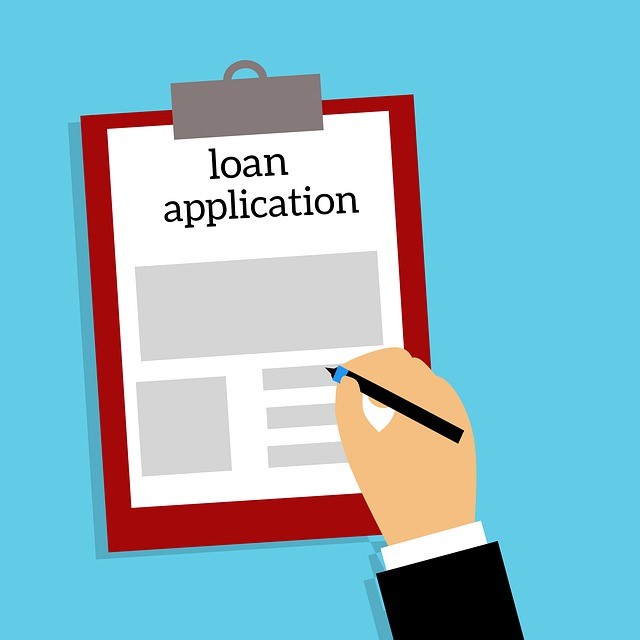Personal loans are a convenient way to finance purchases that cost more money than we have. They have reasonable interest rates, predictable monthly installments, and determined end dates.
It is easy to find yourself needing more money after taking a personal loan. For example, you might have underestimated the cost of finishing a project and need another loan.
It can also be a medical emergency not covered in your medical plan.
Whatever your reasons are, you should consider spreading the repayments over time if you can’t afford to cover all the expenses at once.
Getting an additional personal loan with a monthly payment is one way to go about it.
But is that even possible?
How many personal loans can you have at once?
The short answer is as many as you qualify for.
Table of Contents
ToggleWhat the Law Says About Multiple Loans
There are no federal regulations that prohibit taking out more than one loan. You will not be in breach of any rules or regulations if you do.
Having more than one personal loan approved by the same lender or multiple lending companies is legal.
However, you have a higher chance of being refused a second loan by the lending institution than the law.
How Many Personal Loans Can You Have from the Same Lender?
Your current lender is the first place you should go for your second personal loan. You already have a history, and the appraisal process will be faster.
Therefore, it is critical to maintain an excellent payment history with them, so they don’t feel like you are a high-risk customer.
Unfortunately, quite a number of lenders do not allow you to take out a subsequent loan while the initial one is still running as they feel it exposes them too much.
They will require that you clear the initial loan first.
You must establish if your lender will allow you to take an additional loan.
Some lenders will allow you to take out another loan after a certain period of servicing the initial one, presumably to monitor your repayment consistency and establish a pattern.
Most lenders who allow you to take multiple personal loans concurrently limit how many you can take, and they usually cap it at 2 or 3.
However, there are others like Wells Fargo who have no limit, and you can take out as many as you can handle financially.
You go back to your current lender because you probably won’t get funding from another lender. After all, they have access to your credit history, and they will see you already have a debt with another organization.
This makes them classify you in a higher risk category which will translate to higher interest rates offered. You need to bear this in mind as you shop for alternatives.
How Many Personal Loans Can You Have Overall?
The number of loans you can have will depend on the lender’s risk appetite, your credit score, and your ability to pay back the debt.
Let’s take a closer look at the interplay between these variables.
Debt to Income Ratio (DTI)
The more loans you have, the greater the burden on your income. The maximum DTI is usually capped at 43%.
The rationale is that you need your income to cover other commitments besides loan funds repayment. If the loan repayments exceed 43% of your income, you will find it hard to sustain the repayments, and you will likely default.
The expected payment from your new loan application is usually factored in alongside your existing monthly loan payment to determine if you can accommodate the new payment.
Exceeding this threshold disqualifies you automatically.
Credit History
Lending institutions can access your borrowing records and use your credit history to determine if you are worth the risk and the level of risk you represent.
A timely and consistent repayment record boosts your chances of getting another loan. The more loans you have successfully paid, the more trustworthy you seem and the lower your risk rating.
Having multiple loans running at the same time raises your risk rating.
The higher the risk rating, the lower your chances of getting an additional personal loan and the higher the interest rate.
A high-interest rate increases the expected monthly installment, raising the DTI, and may indirectly disqualify your loan application.
Number of Running Facilities
When you apply for another loan, the more loans you have, the higher your risk profile. Your eligibility for your repayment term and loan payment will be questioned.
You should know that the lender runs a hard credit check each time you apply, and a record is kept on your file.
Therefore, the subsequent lender will see that a credit check was run, whether or not the facility was granted, which also affects your credit rating.
Risk Appetite for Lenders
All these features are assessed individually and then compiled into a credit report with points for each attribute. The higher you score, the more likely you will get a loan.
Different lenders interpret the credit scores differently. Though the underlying principles remain the same, they all have a bias towards certain features.
You will be limited by their take on your overall credit score.

Best Practices for Taking Personal Loans
Now that we have established you can take out as many personal loans as your income can support, you need to know how to make it worthwhile.
While personal loans have multiple benefits, they also come at a cost that influences whether the borrowing will be your avenue to financial freedom or a weight that will anchor you to a lifetime of bad credit. These tips will help in regulating your borrowing habits.
Determine What You Can Afford
The credit system is designed not to approve loans with monthly repayments that will overwhelm you.
They usually have a maximum debt-to-income threshold of 43%. You also have other commitments that may not appear in your statements which you should factor into your monthly expenditures to know exactly what you can afford.
Such commitments may affect your ability to pay the personal loan and affect your credit rating. Self-assessment is more accurate than what the credit scoring system will generate.
Be Punctual With Your Payments
Loan repayment histories have a significant impact on credit scores. The person who always pays their dues on time will have a better rating than one whose payments are inconsistent, even if they have fewer running loans.
Skipping the payments has worse consequences.
Get the Best Deals
Don’t be rushed by the persuasive sales guy or paid advertisement. Consider several offers before settling on one.
Don’t forget to negotiate the interest rates for the loan offer. Ask for the APR and see which is the lowest among the available options for your loan offer.
Ask whether they will allow you to take a subsequent personal loan if you need one, if the rates will be the same and whether there is a waiting period before applying for one.
Some lenders even have loyalty programs with special rates for repeat customers.
A lower APR makes the debt more attractive, costing you less and paying the loan easier.


